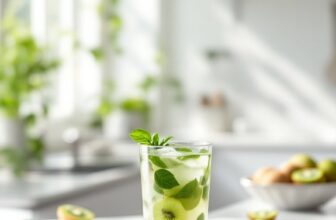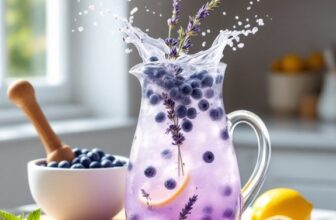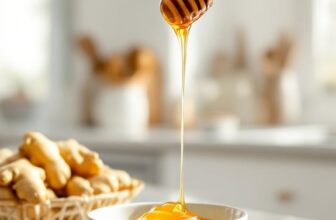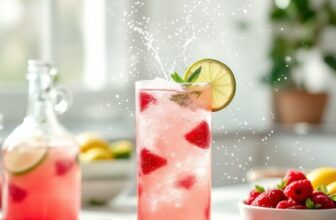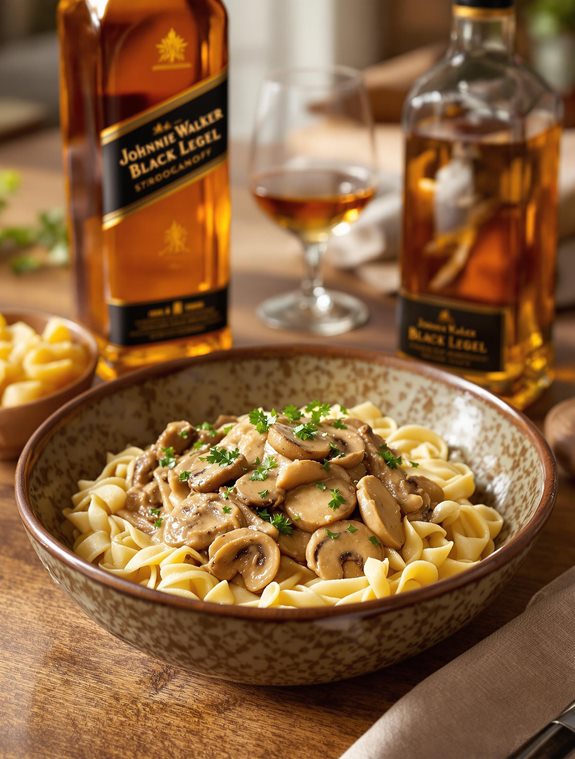
Elevate Your culinary Creations: The Art of Infusing Flavor and Wellness
Imagine a dish that not only tantalizes your taste buds but also nourishes your body from the inside out. That’s the magic of culinary infusions – a technique that marries flavor with function, transforming ordinary meals into remarkable experiences.
At InfusionLab.org, we believe in harnessing the power of nature to enhance both our plates and our well-being. This article delves into the captivating world of culinary infusions,exploring how thay can elevate your cooking while introducing subtle health benefits.Unlocking the Potential: What are Culinary Infusions?
Culinary infusions involve steeping herbs, spices, fruits, or even vegetables in a liquid base like oil, vinegar, honey, or alcohol to extract their unique flavors and properties. This slow and gentle process allows the essence of the chosen ingredients to meld seamlessly with the base, creating a symphony of taste that’s far more complex than simply adding dried herbs or spices.
Beyond Flavor: The Wellness Benefits of Infused Ingredients
Culinary infusions offer more than just deliciousness; they can also contribute to your overall well-being. For example:
Herbal Infusions: Steep rosemary in olive oil for a fragrant and anti-inflammatory condiment, perfect for drizzling over roasted vegetables or grilled meats.
Spice Infusions: Create a warming ginger honey infusion to soothe sore throats and boost immunity during cold season.
Fruit Infusions: Infuse berries into vinegar for a tangy and antioxidant-rich dressing that adds vibrancy to salads.
Mastering the Art: Techniques and Tips for Success
Creating your own culinary infusions is surprisingly simple, requiring minimal equipment and allowing for endless creativity. Here are some key techniques and tips to guide you:
Choose Quality Ingredients: Opt for fresh, organic herbs and spices whenever possible. The quality of your ingredients directly impacts the flavor and potency of your infusion.
Temperature Matters: Different infusions require different temperatures. Gentle heat is often best for extracting delicate flavors, while cold infusions are ideal for preserving volatile compounds. Time is Your Ally: Allow ample time for the flavors to meld. Infusions can range from a few hours to several weeks,depending on the ingredients and desired intensity.
Inspiring Examples: Culinary Infusions in Action
Let’s explore some real-world examples of how culinary infusions can transform your dishes:
Rosemary Olive Oil: Drizzle this fragrant oil over roasted potatoes, grilled fish, or crusty bread for a Mediterranean touch.
Chili-Infused Honey: Add a kick to your morning yogurt, drizzle it over cheese boards, or use it as a glaze for roasted chicken.
* Lemon-Ginger Vinegar: Whisk this tangy vinegar into salad dressings, marinades, or even cocktails for a refreshing twist.
Frequently Asked Questions
1.how long do culinary infusions last?
The shelf life of an infusion depends on the ingredients and storage method. Generally, oil infusions can last for several months in a cool, dark place, while vinegar and honey infusions can last for up to a year. Always store infusions in airtight containers.
2. can I use dried herbs for infusions?
While fresh herbs are ideal, you can use dried herbs in a pinch.However, keep in mind that the flavor will be less intense, so you may need to increase the steeping time or use a larger quantity of dried herbs.
3. Are there any safety precautions I should take when making infusions?
Always practice good hygiene when handling food and ensure your equipment is clean. When infusing with alcohol, be mindful of the alcohol content and store infusions safely away from children.
By embracing the art of culinary infusions, you can unlock a world of flavor and wellness possibilities. Experiment with different ingredient combinations, explore new techniques, and let your creativity guide you as you transform ordinary meals into extraordinary experiences.



